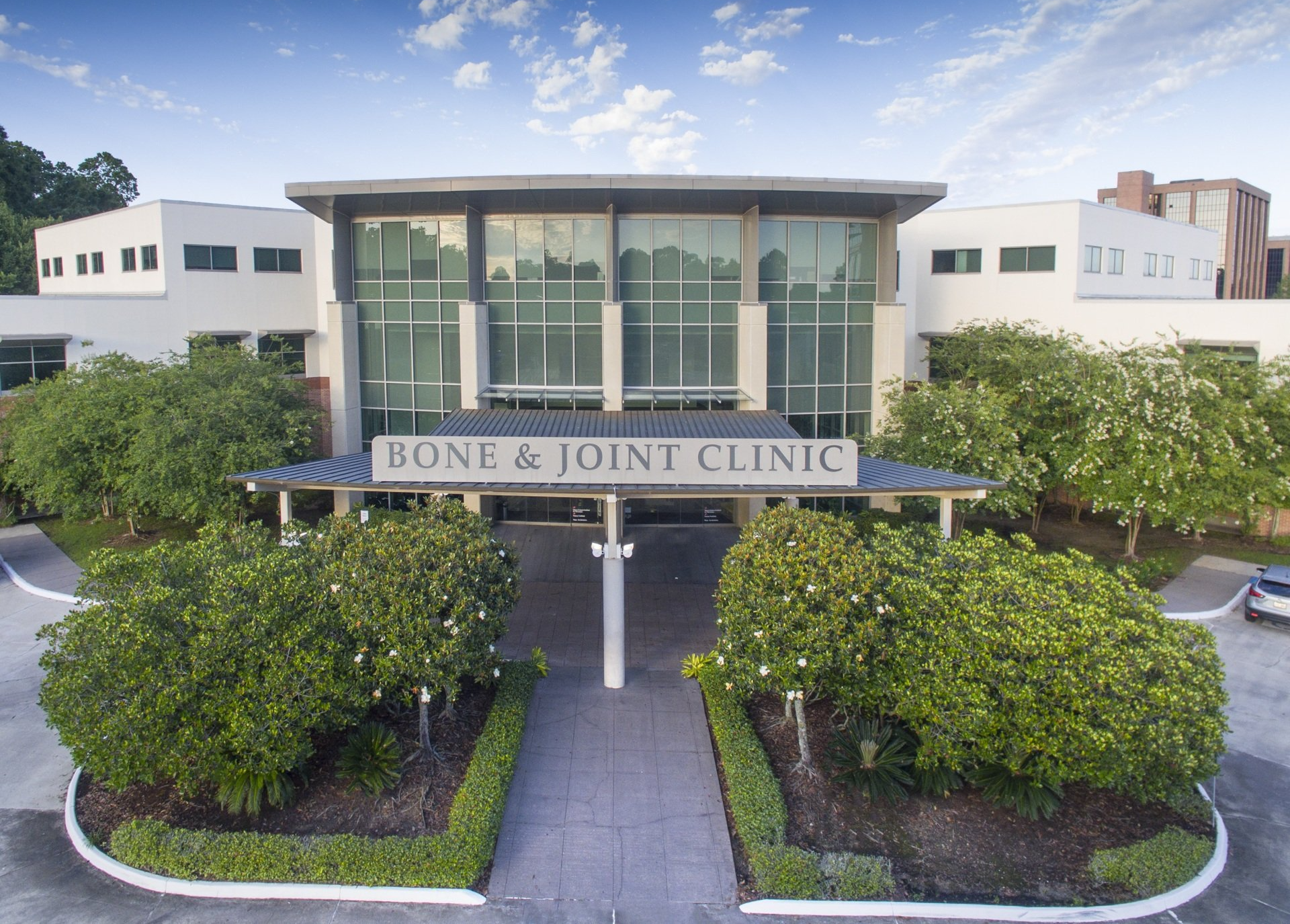Osteoarthritis is a progressively debilitating condition that can strike any joint in the body but that is particularly common in weight-bearing joints such as the hip and knee. The hip is the third most likely joint in the body to develop osteoarthritis, immediately following the hands and knees. While most people will be fortunate enough to avoid the condition, as many as 18 percent of men and 28 percent of women will eventually receive a diagnosis of hip osteoarthritis.
What Happens in Hip Osteoarthritis?
Osteoarthritis is also known as degenerative or wear and tear arthritis. As the name implies, this particular form of the disease tends to coincide with age as supportive cartilage within the joint wears away. As the cartilage thins, the bony surfaces of the joint may touch, leading to symptoms such as pain, stiffness, swelling, and reduced mobility.
Risk Factors for the Development of Hip Osteoarthritis
Osteoarthritis can develop from multiple causes, some of them still unknown. Generally speaking, one or more of the following factors are a good indication that a patient is at a higher risk of developing hip osteoarthritis than the general population:
- Age – No one is immune from the toll time can take on the body. Eventually, everyone will experience some degree of physical limitation. For those who develop hip osteoarthritis, the average age of onset is in the 60s and 70s. While it may occur at any point in life, it is uncommon to be seen before the age of 45.
- Genetics – Genetics play a major role in health, with links observed between family history and countless medical conditions. Arthritis is no different. In fact, it has been observed that anywhere from 50 to 65 percent of osteoarthritis cases are hereditary in nature. This does not necessarily mean that patients inherit osteoarthritis itself, however. They may also inherit a separate medical condition such as poor bone alignment that contributes to its development.
- Trauma – It may be known as degenerative arthritis, but osteoarthritis can also develop as the result of injury or trauma to the affected joint. Damage to the joint surface or alignment of the limb can lead to premature wear of the cartilage and result in symptomatic arthritis months to years later.
- Gender – Although, men can certainly suffer osteoarthritis, women are more susceptible overall. All the factors that increase a woman’s risk are not completely understood. However, elements such as hormonal and even synovial fluid differences between the sexes are believed to be largely responsible.
- Weight – The hips are responsible for supporting much of a person’s body weight. In fact, every pound an individual gains equates to six added pounds of pressure for the hip. Over time, this excess weight can lead to dramatic degeneration of the joint.
- Anatomical variations – the shape and orientation of the hip joint (often determined in childhood) can put an individual at increased risk for development of arthritis. Conditions such as hip dysplasia and femoracetabular impingement can lead to development of osteoarthritis at an early age. When recognized early, these variations can be corrected, as part of hip preservation, and delay or even avoid completely the need for a hip replacement.
Hip Osteoarthritis Treatment
There is no guarantee as to who will or will not develop hip osteoarthritis. For those who are diagnosed with the condition, successful treatment and management of symptoms is key to quality of life. The best resource for any osteoarthritis patient will be an experienced orthopedic hip specialist who can help monitor the condition and adjust treatment protocol as necessary. In the Baton Rouge area, such specialists can be found at the Bone and Joint Clinic of Baton Rouge. Click below to learn more about these physicians and to request a consultation.




